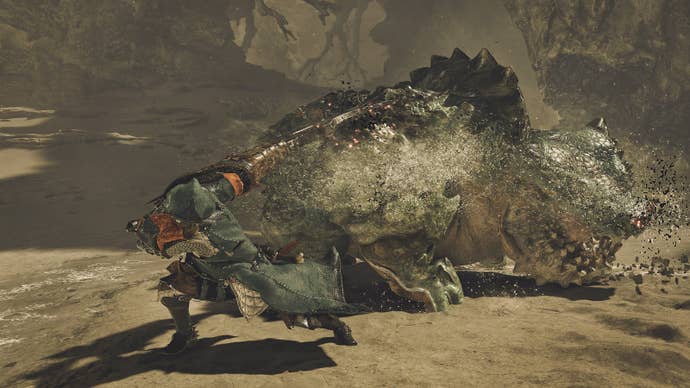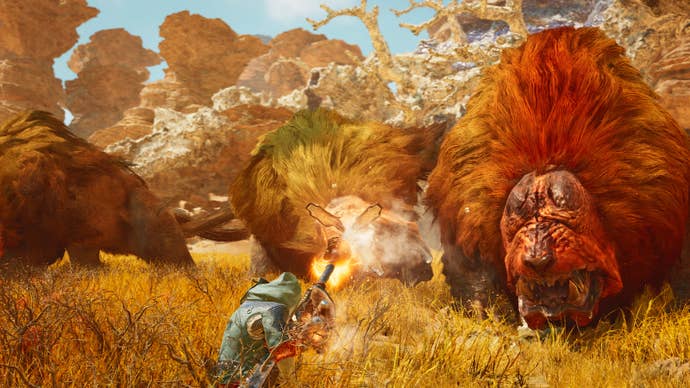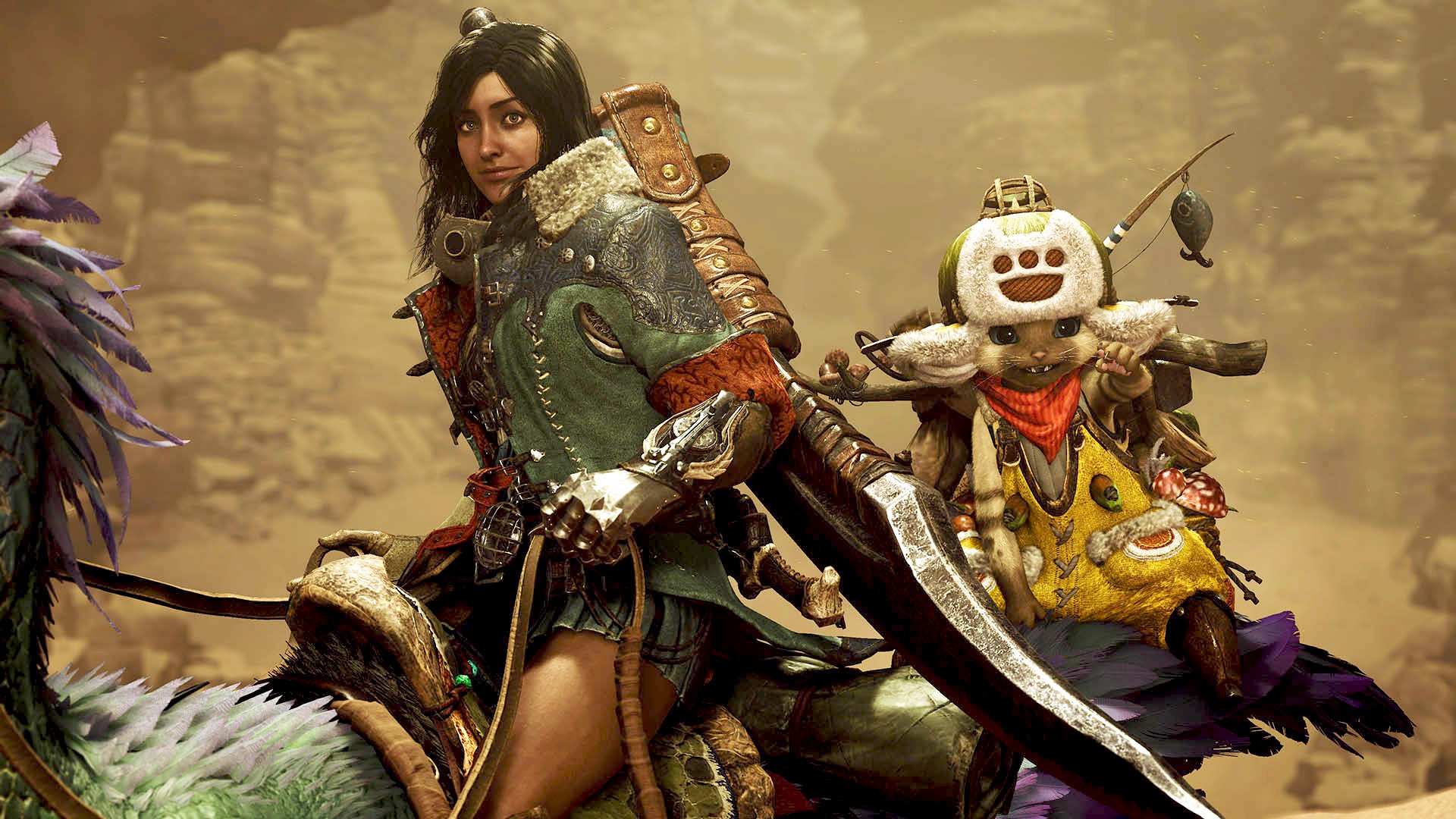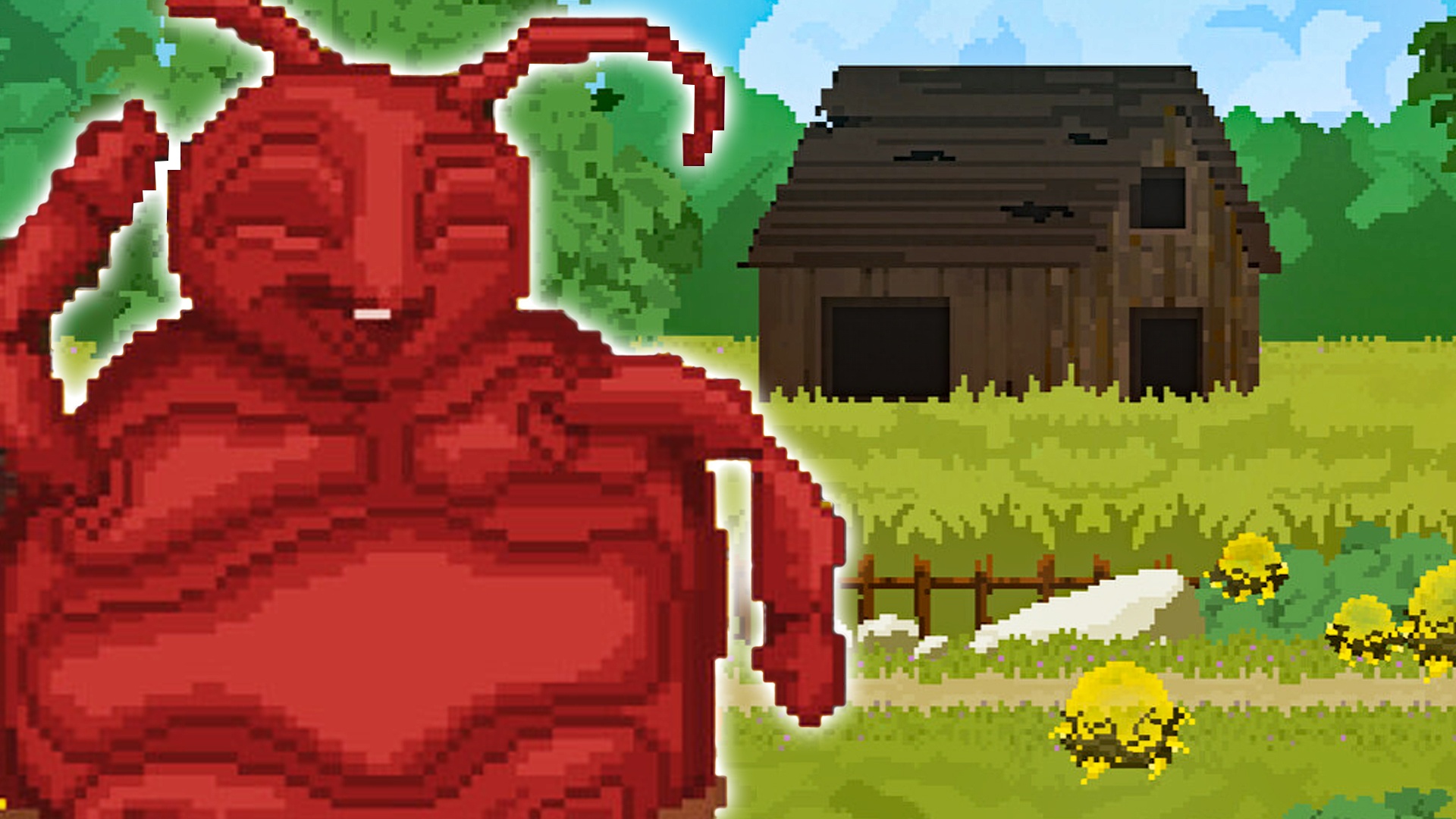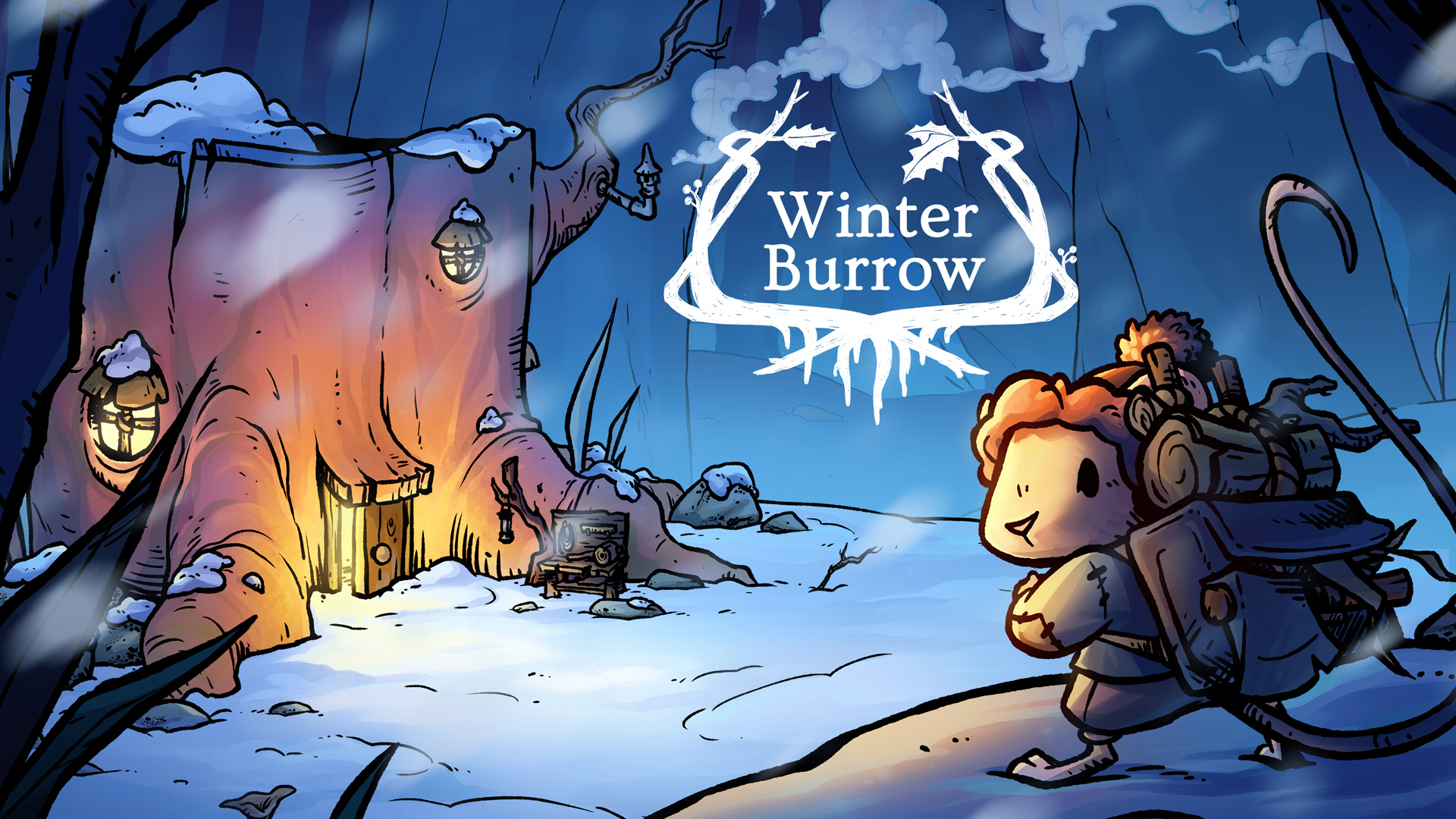As we previously reported, Gamescom 2024 is the first place the public can play Monster Hunter Wildlands Luckily for us, I was pretty much the first person to play a public demo of the game – and I’m here to tell you that combat flows faster than Monster Hunter World and is even more dynamic than Monster Hunter Rise .
The main difference that series veterans will notice is the extra rhythm added to the flow of combat in terms of dealing damage to monsters. In the past, your combat tended to follow a fairly strict flow chart: encounter a monster, attack it, destroy a part or two, chase it to a new location, destroy another part, chase it again, and then capture or kill it. I’m obviously boiling things down to the basics, but that’s the gist.
Manage Cookie Settings
In Wilds, Capcom has added a new mechanic to this familiar pattern that’s more reactive and dynamic than anything the series has done before: wounds. Before you break off a monster’s body parts, you can cause it to appear wounded by focusing your attacks on one area. In the single-player demo, we encountered a Chutacabra (similar to a Tetsucabra, but less tough and more ogre-like), and since I’m a sword-and-shield user, I used the front of my body as a tank, then rolled to attack its front legs and face.
Within 20 seconds, I noticed a few wounds appearing around these weak spots. I was prompted to use L2 to enter focus mode (a great mechanic for this game), then press R1 for a special attack, stabbing my sword into the monster’s face. This dealt a huge amount of damage, knocked it back, and gave me a Chutacabra material (notably, I didn’t need to carve it or pick it up from the floor).
In terms of combat, this will give players more reactive and aggressive options if they’re keen enough to engage in combat. Before, stunning monsters, knocking them down, or damaging monster parts would definitely give you a great opportunity to deal huge amounts of damage – but now damaging them will allow you to deal a lot of damage in a faster, more aggressive way.
I didn’t experiment too much with different types of weapons, but I imagine that certain monsters will react differently to certain weapons–which means that organizing your team and choosing who gets to rip off the various scars you inflict will be crucial during longer, more tense battles.
It seems that dealing damage and entering focus mode to take advantage of that damage also helps weaken monster parts, which are easy to destroy once you’ve dealt the damage you want. From what I’ve seen with Chutacabra, it seems that indestructible parts of the body (in this case the flanks) can be injured, meaning that even if you’re not attacking vital parts of the beast, you’ll make progress in weakening the monster overall.
In my opinion, it just adds more texture to the combat. It gives players more objectives to aim for, and adds a whole set of small flowcharts to the overall pattern that has made Monster Hunter so popular over four console generations (and counting).
It also makes me question the pacing of weapon and armor upgrades; I did 9 damage (approximately) in combat – and received materials for each. Does this mean we’ll be completing upgrade trees faster, or does it mean Capcom is speeding up the gear upgrade system in some way? That remains to be seen.
TL;DR? Monster Hunter Wildlands is pretty good. The combat feels more intense and exciting than ever before, you have more tools at your disposal to hurt your prey with more control, and once you master the moves and techniques, you’ll feel like a bona fide superhero with a weapon. It really is going to be something special, and I can’t wait to play more.
Monster Hunter: Wildlands is expected to be released on Xbox Series X/S, PS5 and PC in 2025. Check out the latest trailer here.


